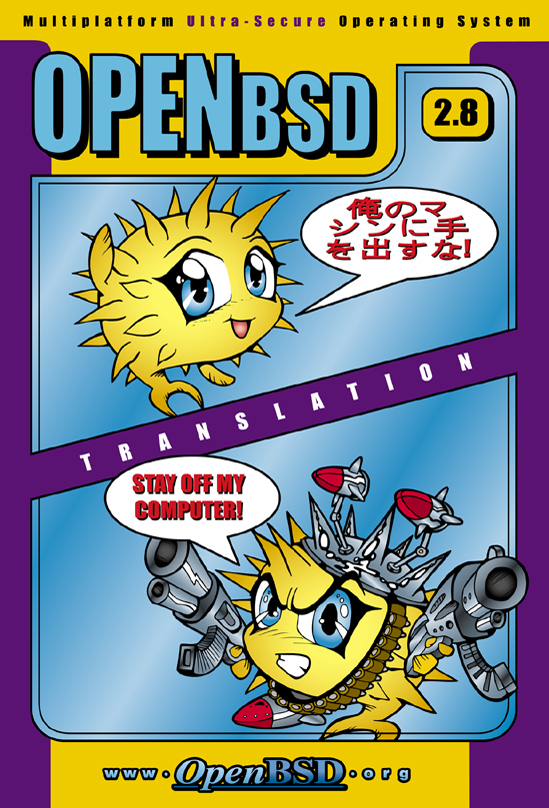- 46 Posts
- 13 Comments

 1·1 year ago
1·1 year agoThis is making me have to pee. :X
 2·1 year ago
2·1 year agoDarn, beat me to it. I love the project’s mascot! 😍

 3·1 year ago
3·1 year agoFrom my uneducated opinion, yes and no. Kernel ASLR (Address Space Layout Randomization) is a thing, same with PiE (Position independent Executables) the former can be turned on but the latter, you have to compile your software with those flags. PiE offers stack smashing protection. Some distros do not ship this but the list is growing shorter by the day.
Gentoo allows you to use USE flags which instruct Portage (Gentoo’s package manager) to fetch the libraries required to compile the feature you specified. In short, USE flags basically tell the package what features you want. You can compile your software to be as nimble as possible. Less code means less attack surface that attackers can exploit. On Gentoo even the toolchain you use to compile software is compiled in of itself when you run emerge world.

 4·1 year ago
4·1 year agoNow if you had your choice on a Unix or Unix-like system, I’d go with this if you want something absolutely impenetrable:


 5·1 year ago
5·1 year agoFunny story. Before hosting this site, I used to run my server infra on nothing but Gentoo VMs. It was very neat but ultimately I ended up switching away from it because keeping each VM up to date proved to be a pain even with a designated “compile server VM” which would distribute the compiled binaries to the VMs that were configured for it.
If you want the top most security in Linux land, Gentoo is what you want. With everything compiled for your CPU’s microarchitecture, the memory addresses for which to trigger exploits such as stack smashing will be different so a skiddie cannot run their exploit kit on you.

 4·1 year ago
4·1 year agoYeah, she’s going to be running Gentoo. And I don’t want to hear any gripes.
Puffy cunny…

 1·1 year ago
1·1 year agoThat’s not how it works. Instances don’t cache images from other instances. If you hover your mouse over an image you can clearly see the site it’s hosted on is in fact not originating from the instance you’re browsing on. It works like Pleroma, Akkoma, Rebased, and other Pleroma forks.
IANAL, but I believe you can’t be held liable for hosting links to other images on a site, regardless if they’re embedded through the website’s UI. They’re not stored there, afterall. The client is rendering them.
All that gets cached, I believe, is the text and users from remote instances. And by cached, I mean stored in the postgres DB.

 1·1 year ago
1·1 year agoOkay, that Archer quote in this context made my day. LOL.

 141·1 year ago
141·1 year agoGood riddance then, rofl.

 111·1 year ago
111·1 year agoIs he the guy who hosted The 700 Club?

 11·1 year ago
11·1 year agoDo you guys think the higher ups will be able to retire to Reddit Island after they sell their shares? 🤣

Happy baby!